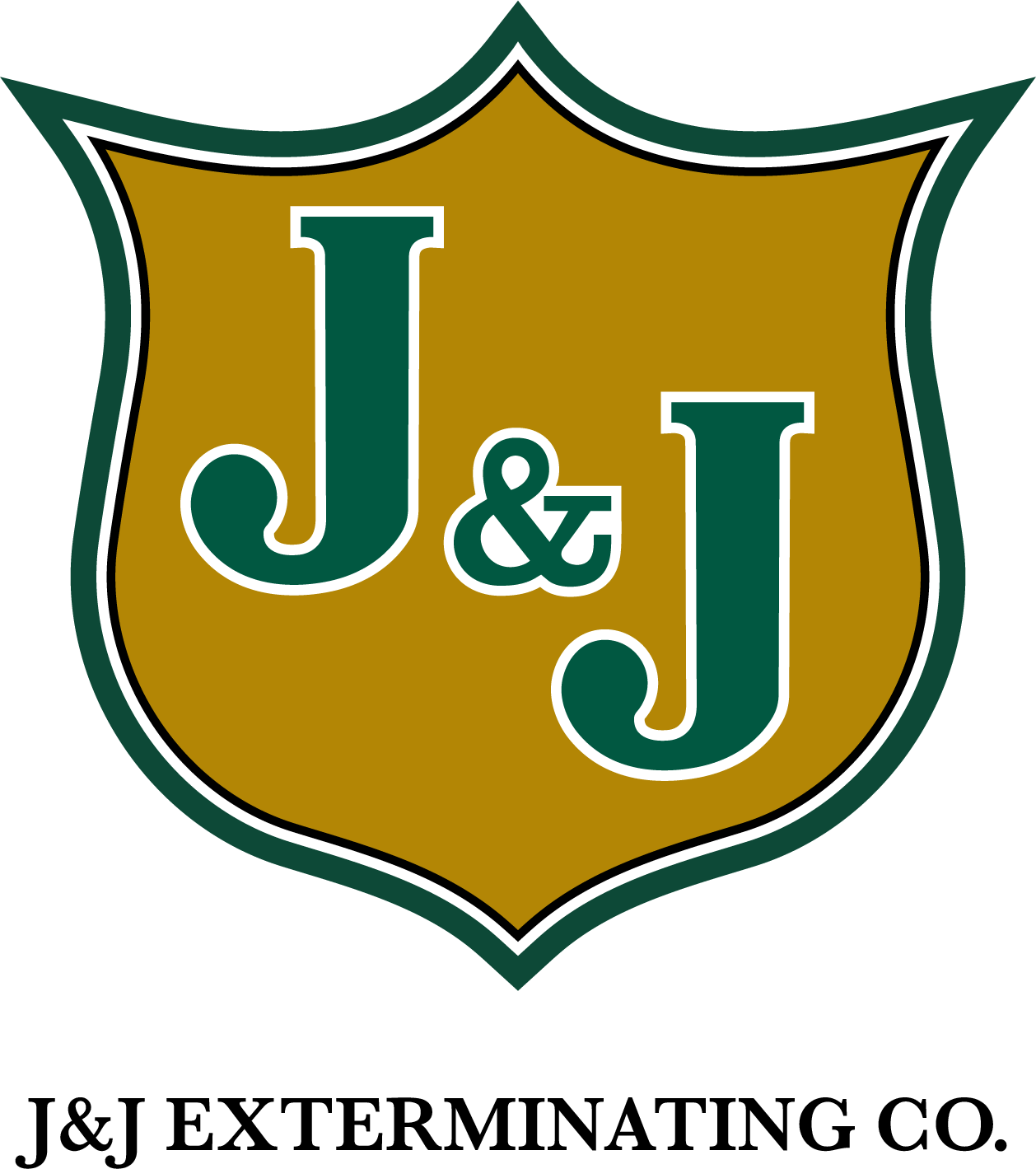According to a recent survey, eighty percent of homeowners throughout the United States are concerned about termite infestations, and thirteen percent of homeowners have experienced termite pest issues during the last year. While nearly all homes in the US are vulnerable to termite infestations, most homeowners should consider themselves lucky for not living within the habitat range of the invasive Formosan subterranean termite species. The Formosan subterranean termite (FST) was introduced into the US sometime after the end of World War Two and before the mid 1960s. The first specimens found in the US were collected near shipping docks in southeastern Texas, and shortly thereafter, FST colonies were recovered in southern Louisiana.
Today, FST infestations are discovered frequently in New Orleans and throughout the rest of Louisiana where they are even more destructive to homes and buildings than both hurricanes and floods combined in the state. Needless to say, these voracious termite pests have garnered a reputation for being capable of feats of destruction that no other termite species can match, but some claims concerning FSTs are exaggerated and false, while others are surprisingly true.
It is often said that FSTs are capable of eating virtually any type of building material, including concrete and steel. While these termites have been known to use their strong mandibles to eat through durable items such as plastic, insulation, plaster, asphalt, copper and lead sheets in order to access wood sources, FSTs do not actually consume these materials. Generally, concrete slabs around homes act as a termite barrier, but when inevitable cracks form on the surface, FSTs have no problem picking away at the crack until an opening is formed.
Many people claim that since FSTs are “subterranean” termite pests, they can only invade homes from the ground up. Although this is generally the case with all native subterranean termite species in the US, it definitely is not the case with FSTs. FST workers often establish aerial infestations in trees where they sometimes gain access to roofs and attics by traveling through branches that make contact with the exterior of houses. FST infestations are frequently initiated in this manner due to their preference for inhabiting oak trees, which are highly abundant throughout urban and residential areas of New Orleans. For example, after dropping down from an aerial nest located high up on the branches of an oak tree, FST workers infested a newly restored roof after the last one sustained heavy termite damage. Unfortunately, this particular house was a costly and historically significant house in the Garden District.
Have you ever inadvertently broken structural or finished wood sources that had been infested by termites?
Tags: Termite Control, Termite Exterminator



